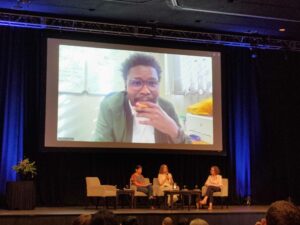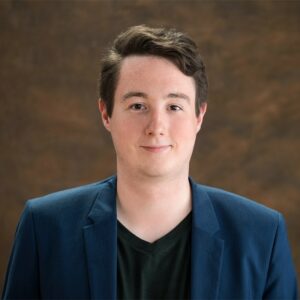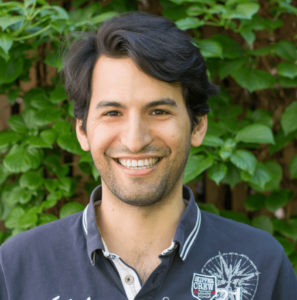Evidence to Action: The Hidden Networks That Influence Change
Written by Chris Martin and edited by Flavio Affinito
Photo by Chris Martin

This blog post is part of a series reflecting on a selection of sessions and keynotes that were presented at the PECS-III Conference, Montreal Canada, 12-15 August 2024
In just 60 minutes, on a sunny mid-week morning in Montreal, Odirilwe Selomane and Georgina Cundill Kemp challenged a packed room of researchers to re-consider years of academic tradition and explore new partnerships capable of driving change. Here, I’ll attempt to summarise the jam-packed plenary and the many moments of inspiration it offered.
The session began with Dr Selomane from the University of Pretoria explaining how a better understanding of what it means to be cross-scale opens up a hidden world of networks and actors who affect place-based change. Drawing on a quote from Lucile Brockway, he opened by emphasising the two-way relationship between global processes and local action. External actors are becoming internal. The borders of systems are porous. Problems, and solutions, can originate from anywhere. Local isn’t just local anymore.
To illustrate these points, Dr Selomane drew on two examples. The first explored sustainability trade-offs through the case of China’s reforestation policy, finding that, although it has been successful in creating net recovery within the country, it led to higher timber imports which have had adverse effects on the capacity of exporting countries to meet their sustainability targets. The positive narratives surrounding this story are perpetuated by monitoring agencies, who should act as new partners in creating a more complete picture of the truth.
The second example focused on water allocation, highlighting how international pressures for citrus exports lead to a local prioritisation of economically productive water use and conflict with downstream farms and households reliant on the same water supply. In both cases, Dr Selomane highlighted how someone local always benefits from external influence, and economic benefits in particular are reinforced by national governments.
He closed with a call to action for place-based researchers to look for these hidden influences in multiple directions. To look up from local perspectives to find international influence, to look sideways for adjacent actors, and to look down from a global view towards the impacted actors on the ground. By doing so, he concludes, researchers can unlock new actors to engage with and affect change.
But this leads to new questions too. How do we bring external actors into research? How do we enable actors with agency but without power? How can we amplify local voices and actions for cross case learning? It’s these questions that Dr Cundill Kemp began to address in her presentation on activating change.
She began by addressing an important tension that many researchers feel. Given the wealth of global knowledge on climate change and biodiversity loss we have, why is change so slow? She proposed, in the first of three key insights, that it’s because researchers are trained to look for knowledge gaps. It’s that tradition, and the institutions that reinforce it, which hinders us from asking the more pertinent question. What can we act on now?
Dr Cundill Kemp’s second insight: the tendency to treat knowledge as an artefact; something that can be passed, intact, from one person to another. But, she challenged, this doesn’t match the reality that knowledge is relational, not instrumental. It is something which is broken down and re-constituted by the experiences of the receiver. To affect change, it’s vital that knowledge isn’t just shared with local actors at the end of a project, but that the relationship building process itself is given the care and attention it deserves from the start. As Dr Cundill Kemp succinctly put it: “Research that is parachuted in has limited impact.”
Which leads us to the final lesson of the presentation: pay attention to how decisions are made, and the spaces they are made in. To really affect change, we need three things:
- To propose options
- A decision maker who values the options
- To enable decision-makers to make the choices they want
To conclude, Dr Cundill Kemp shared the importance of considering and investing in knowledge brokers. Ranging from infomediaries to innovators, these are the people at the local level who can help disseminate knowledge and actively stimulate action.
Across both presentations, one thing became abundantly clear. The one thing I’ll remember above all else. We know enough to act. Now we need get serious about finding, and supporting, the right people to move evidence into action.


